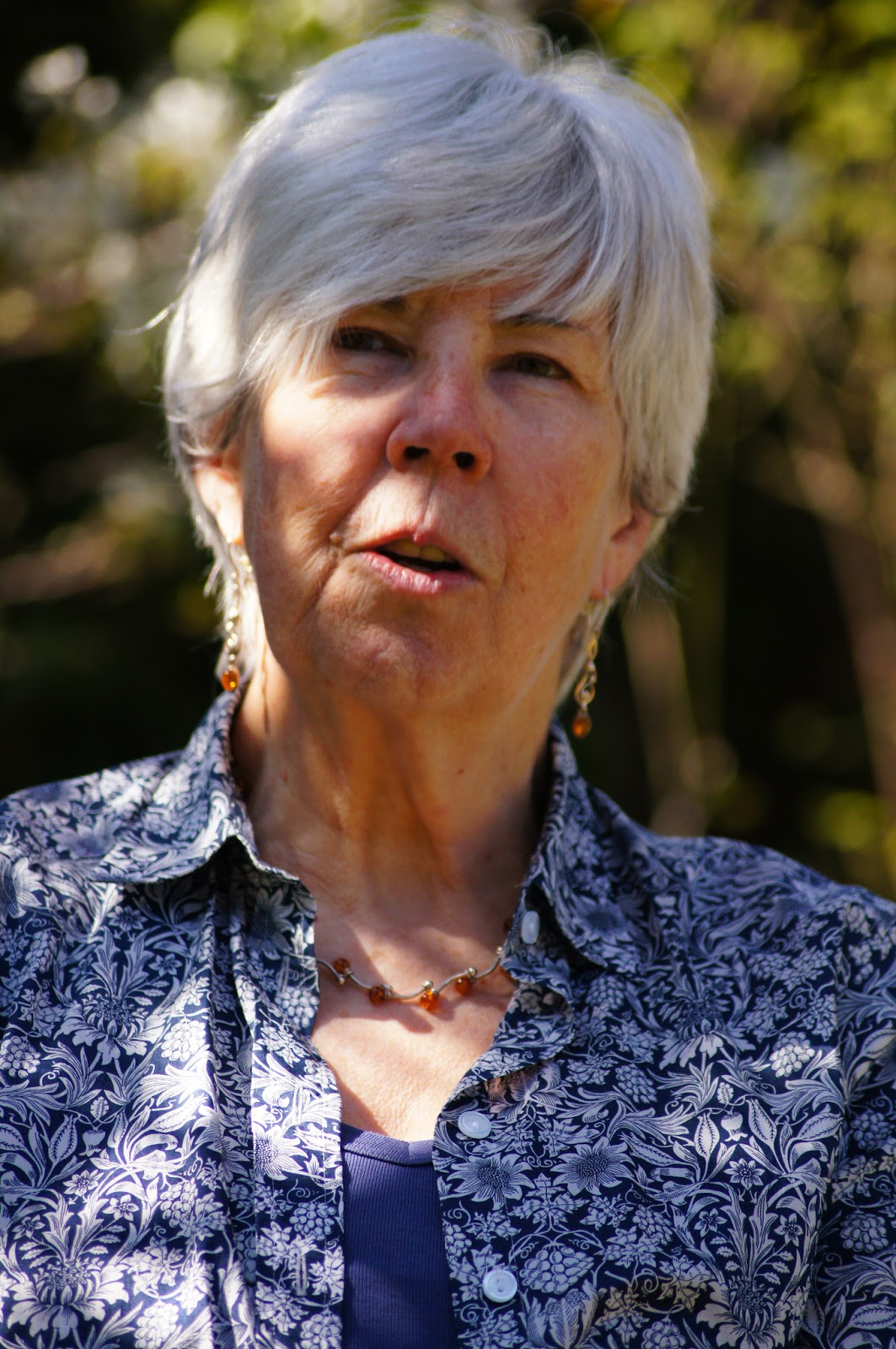Starting People Unaware
While starting to do street photography, or as it was oficially named, people unaware in the course people and place, I was quietly confident. More so, surprisingly than with people aware. Maybe there was a small, sinister and arrogant part of me, which I felt was coming to the forefront as I began my little foray into street photography. This was made up of three different reasons. The first was a familiarity in my equipment I would be using. Secondly I felt, rather than nervous- as the author of the course had suggested, strangely slightly excited. Maybe this was because last but not least I had playfully had a bit of experience taking 'satisfying' shots of unsuspecting strangers as can be seen here.
Friday, 27 April 2012
Monday, 23 April 2012
Assignment 1 - A portrait
 |
| 1. |
 |
| 2. |
 |
| 3. |
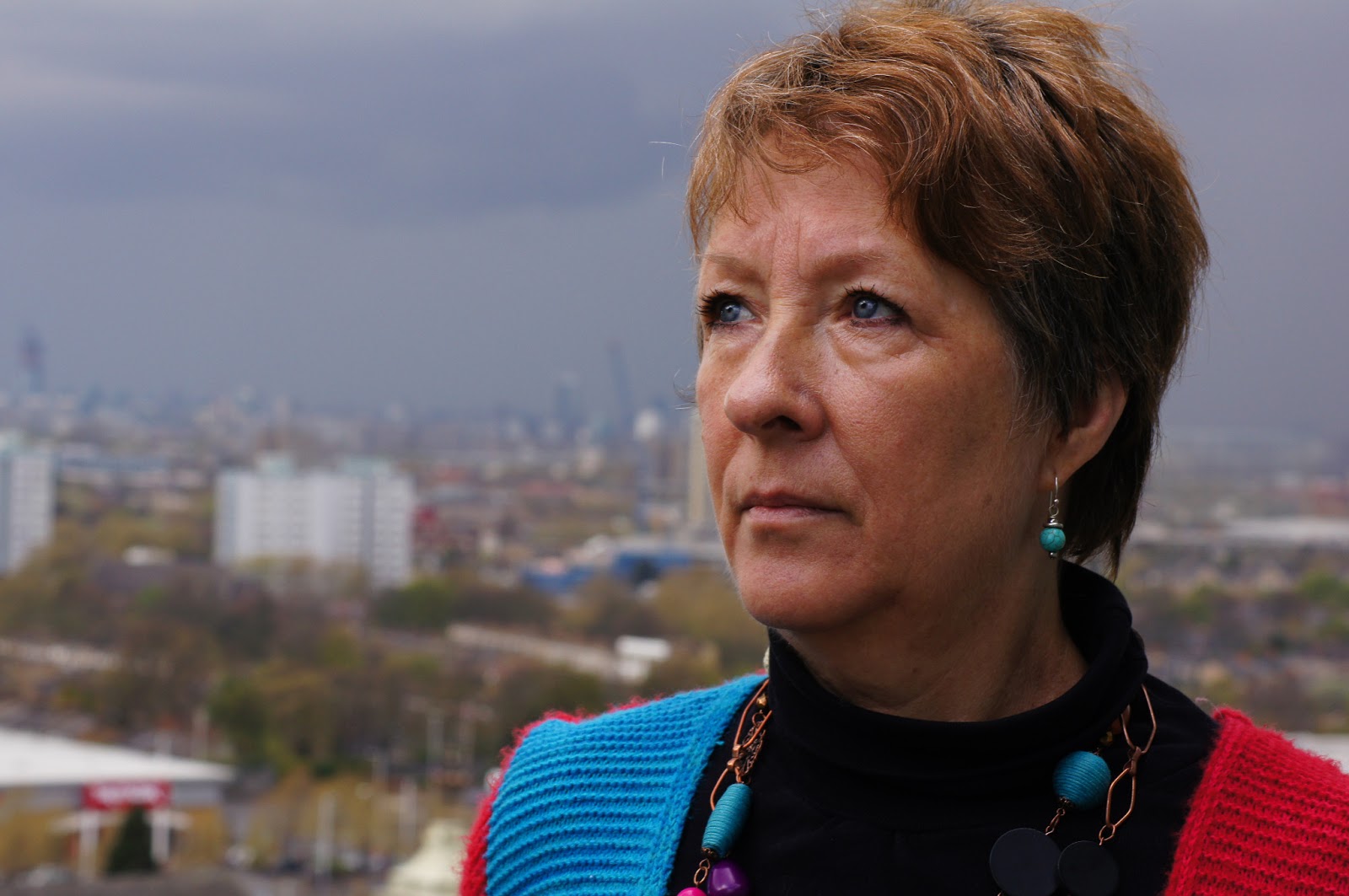 |
| 4. |
 |
| 5. |
 |
| 6. |
 |
| 7. |
Varying the pose
Varying the pose: the three main types of posing by models in magazines I found were standing, leaning and sitting. Standing varied immensely, from profile shots, to walking shots and also less conventional ones like legs wide apart and arms spread as I saw in the photograph of model ‘Alli’ at ‘Photogenics’ by Sondra Stocker in You magazine- 15 April 2012.
 |
| 1. (Standing) |
 |
| 2. (Standing) |
 |
| 4. (Standing) |
 |
| 3. (Standing) |
 |
| 5. (Sitting) |
 |
| 6. (Sitting) |
 |
| 7. (Sitting) |
 |
| 8. (Sitting on ground) |
 |
| 9. (Sitting on ground) |
 |
| 10. (Sitting on ground) |
Focal length
.JPG) |
| 1. 18mm on APS-C camera |
.JPG) |
| 2. 35mm on APS-C camera |
.JPG) |
| 4. 85mm on APS-C camera |
.JPG) |
| 3. 55mm on APS-C camera |
.JPG) |
| 5. 135mm on APS-C camera |
.JPG) |
| 6. 200mm on APS-C camera |
Review a portrait sequence
 |
| 1. |
 |
| 3. |
 |
| 2. |
 |
| 5. |
 |
| 6. |
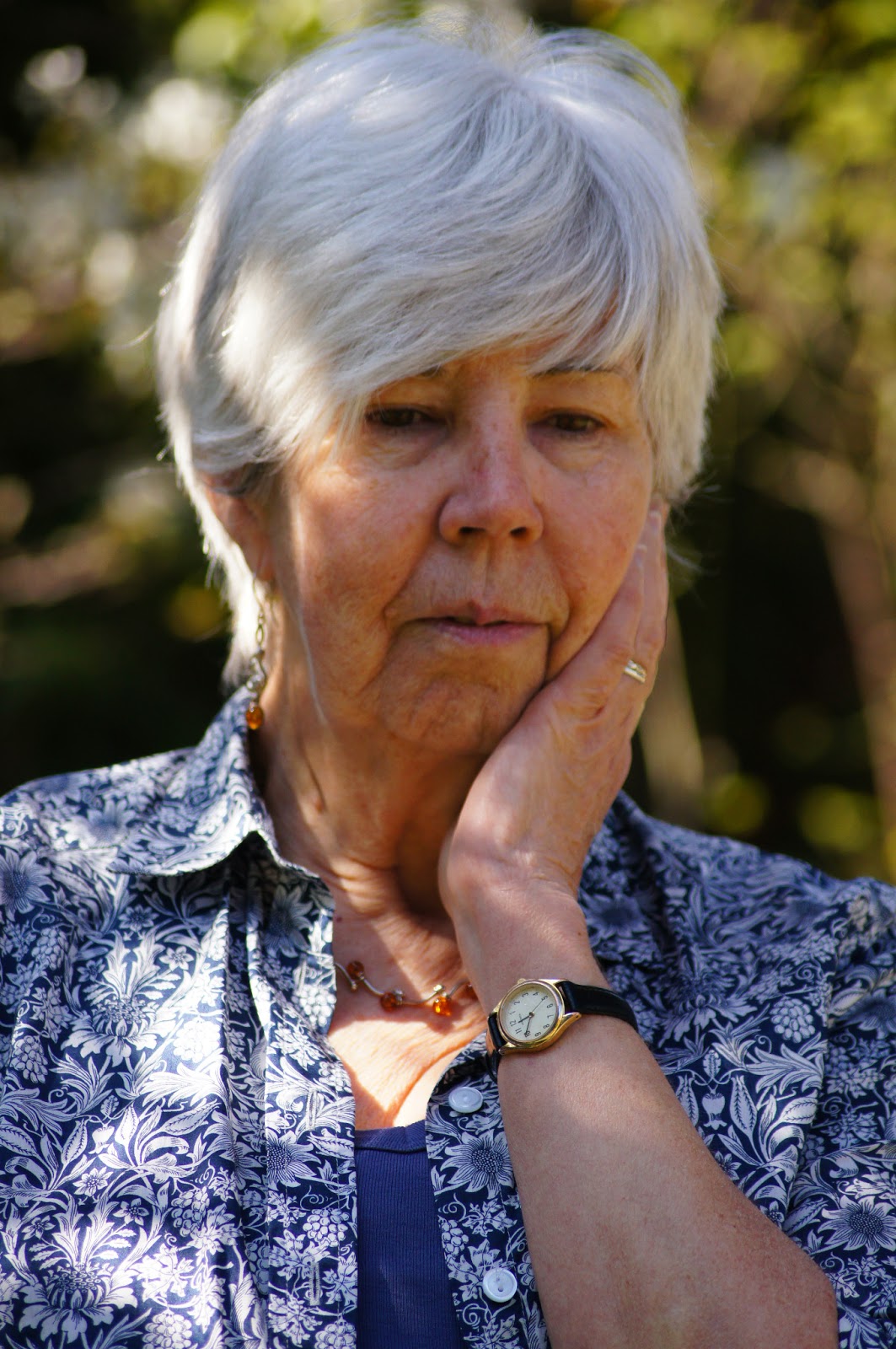 |
| 7. |
 |
| 8. |
 |
| 9. |
 |
| 10. |
For four more frames I tried to get natural shots of her talking, which I thought at the time were all sufficiently different to capture. I thought that these four were very natural and at this time she was completely comfortable with being photographed.
 |
| 13. |
 |
| 14. |
 |
| 16. |
 |
| 15. |
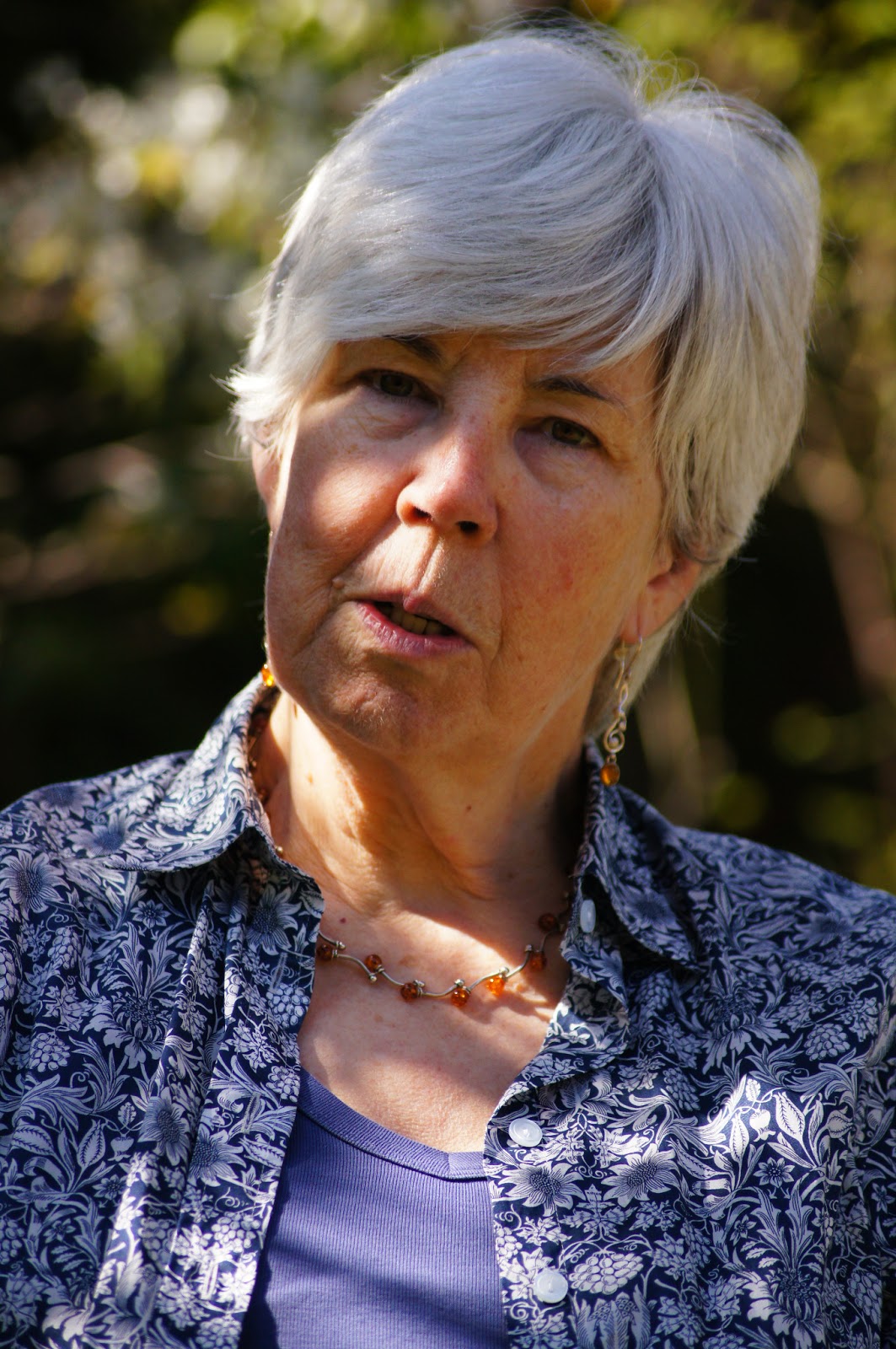 |
| 17. |
 |
| 18. |
 |
| 19. |
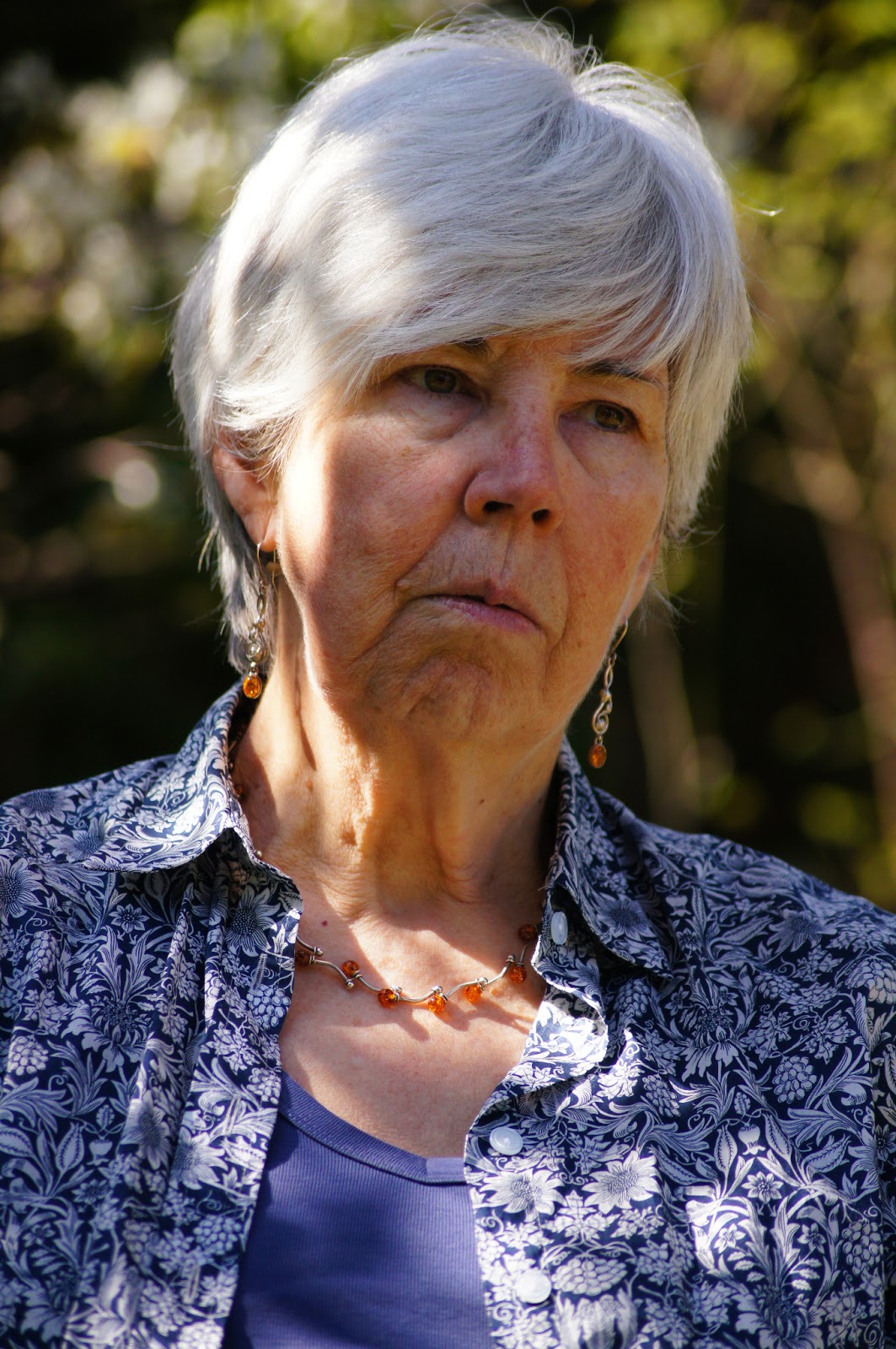 |
| 20. |
 |
| 21. |
 |
| 22. |
 |
| 23. |
 |
| 24. |
 |
| 25. |
 |
| 26. |
 |
| 27. |
 |
| 28. |
 |
| 29. |
Subscribe to:
Comments (Atom)




